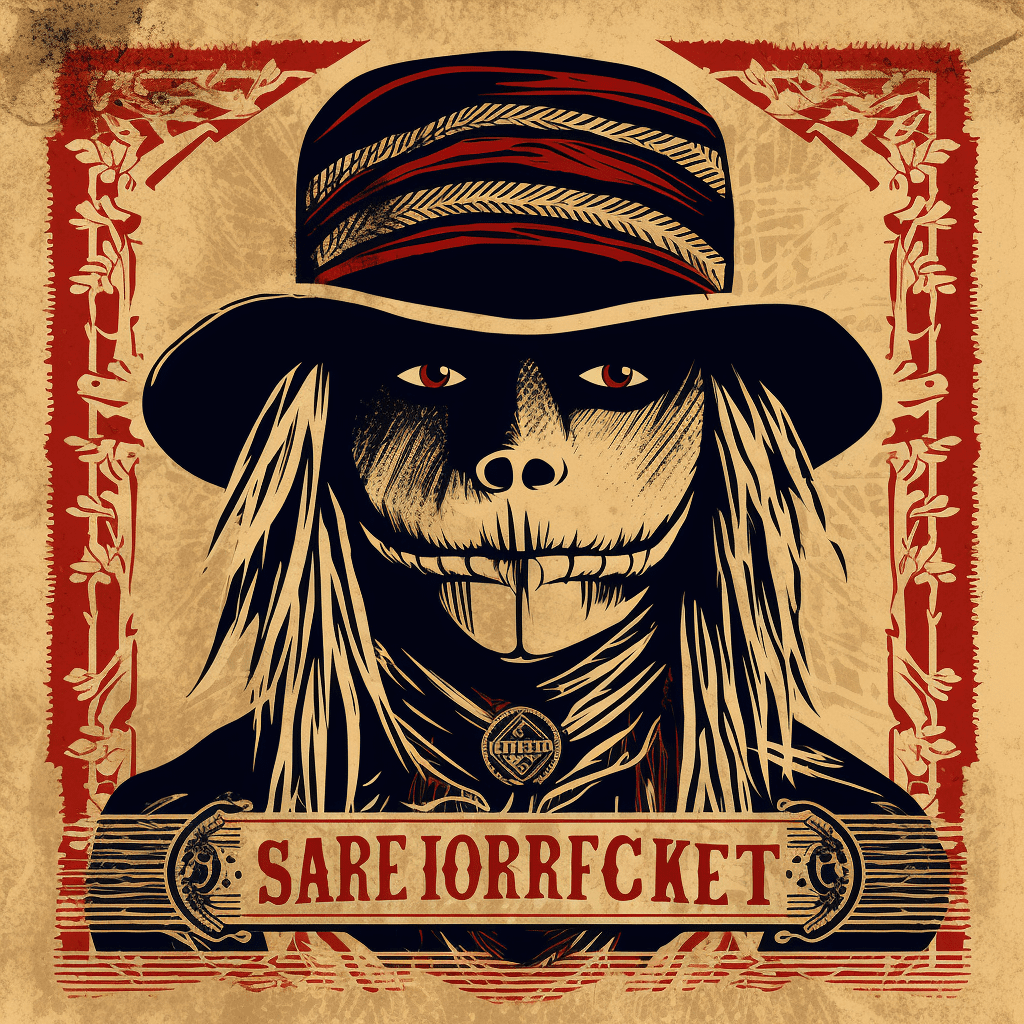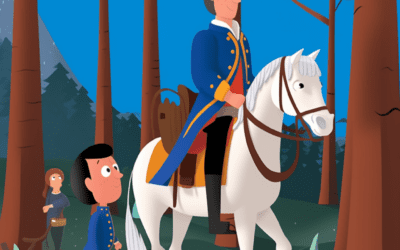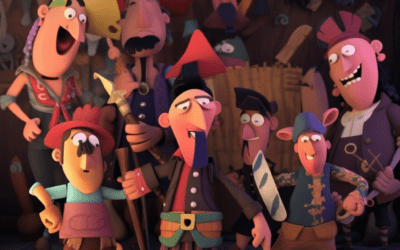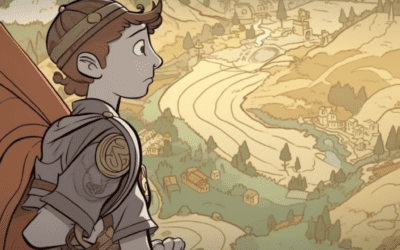The Historical and Cultural Significance of the Scarecrow
Introduction
Scarecrows have played a fascinating role in history and culture, serving as a symbol of agricultural practices and human ingenuity. With their origins dating back centuries ago, these humble figures have not only protected crops from potential harm but also hold cultural significance in various societies.
The Early Origins
Scarecrows have been used for centuries to protect crops from birds and other animals that could harm or destroy them. Ancient Egyptians were among the first to employ scarecrows, using wooden frames covered with nets to safeguard their wheat fields from flocks of hungry birds. Similarly, in ancient Greece, farmers would dress young men in scarecrow-like costumes and position them strategically in their fields. These early scarecrows were designed to mimic human presence and deter birds from approaching the crops.
Medieval Europe
During the Middle Ages in Europe, scarecrows took on a more distinct form. Instead of using human-like figures, farmers began crafting scarecrows out of leftover farm materials, such as hay and old clothes. These scarecrows were often adorned with hats and ragged clothing to make them appear more human-like. The idea behind this was to not only scare away birds but to also fool them into thinking that a watchful farmer was present in the field.
Japanese Scarecrows
In Japan, scarecrows have a long history and deep cultural significance. Known as “Kakashi,” these scarecrows were traditionally made by families and communities during the planting season. Made from straw and cloth, the Kakashi was believed to have the ability to ward off evil spirits and bring good luck to the harvest. Nowadays, Kakashi scarecrows are still commonly seen in rural areas of Japan, where they not only protect the fields but also serve as decorative symbols of agricultural tradition.
Modern Scarecrow Evolution
As industrialization took hold, the role of scarecrows in agriculture diminished. Advancements in technology and the availability of more efficient pest control methods reduced the necessity for scarecrows in some areas. However, scarecrows continue to be employed in many regions, whether for practical or decorative purposes. In some cases, scarecrows have even become subjects of art installations and annual festivals, further emphasizing their cultural significance beyond their agricultural function.
Cultural Symbolism
Over time, scarecrows have come to symbolize more than just a tool for crop protection. In literature and popular culture, scarecrows often represent humanity’s connection to the land and the importance of agricultural practices. They can be seen in fairy tales, children’s stories, and even in horror movies where they are sometimes portrayed as eerie figures guarding haunted fields.
The Scarecrow Festival
Numerous communities around the world organize scarecrow festivals as a way to celebrate the history and charm of these agricultural guardians. These events often invite participants to create their own scarecrows, showcasing their creativity and cultural heritage. Scarecrow festivals provide an opportunity for people to come together, appreciate the humble scarecrow, and enjoy various activities and entertainment.
Conclusion
Scarecrows have a rich historical and cultural significance that spans across different societies. From their ancient origins as simple wooden frames to their symbolic representation in literature and popular culture, scarecrows have evolved to become more than just protectors of crops. They hold a special place in our collective imagination, reminding us of the vital connection between humans, nature, and the land we cultivate.












